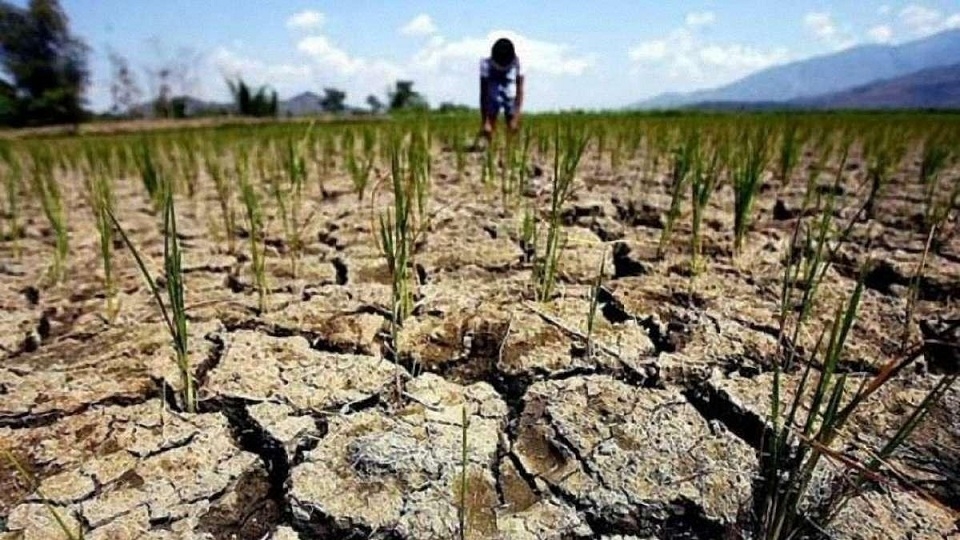Analysts once again cut forecasts for soybean and corn harvests in drought-stricken Argentina

Traders are keeping a close eye on the weather in Argentina, where drought continues to dampen soybean and corn crop potential. A decrease in temperature is forecast for the next week, but the precipitation deficit will remain.
In Argentina this week, isolated showers dropped temperatures from 30 ° C to 25 ° C, but they came too late to significantly affect late-stage corn and soybean crops. Precipitation may increase in the central regions next week, but the heat that prevailed in early March will also return. The combination of heat and drought worsens the condition of both crops.
According to the forecast of the Rosario Grain Exchange, in FY2022/23 the soybean harvest in the country, which is the world's largest exporter of soybean meal and oil, will amount to only 27 million tons, which will be the lowest level in the last 25 years. At the same time, the Buenos Aires Grain Exchange (BAGE) lowered its forecast for soybean production in Argentina to 25 million tons, although a week ago it lowered its estimate to 29 million tons.
According to CIARA Chamber of Oilseeds and Grain Processors estimates, almost 70% of soybean processing capacity in Argentina is experiencing a load crisis, which is the highest figure in the entire history of the country (provided there are no protests).
Short-term rains are falling in most regions of Brazil , and they will continue next week in the central regions. Drier weather in Paraná and Mato Grosso do Sul next week will accelerate the planting of saffron corn, which is well below average. Within a month, most of these crops will be under the influence of the dry season and possible June frosts. But in general, second crop corn crops are in favorable conditions of high temperatures and abundant rainfall.
The central and southern US Plains received rains that improved moisture reserves in wheat crops. Precipitation deficits persist across the southwestern plains, with more precipitation and thunderstorms expected next week.
In some of the driest areas of France and Italy, rainfall last week has improved soil moisture and winter crops are beginning to emerge from dormancy. Showers are also expected there next week. Winter crops in the region remain vulnerable to cold air gusts due to the lack of snow cover, but overall conditions are favorable for crop development. In some areas, they are starting to work with spring crops.
Weather conditions in the Black Sea region were favorable in winter, with the exception of some areas. Winter wheat is in good condition, the rains will continue until the end of the week, and the weather will become drier from Monday. Higher than normal temperatures will allow plants to come out of dormancy and continue vegetation.


